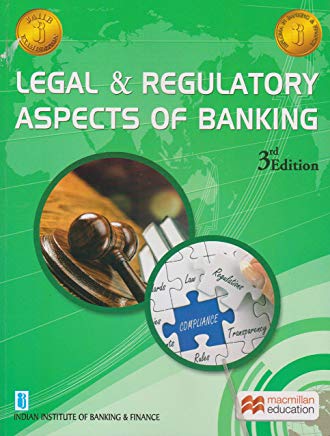JABB AFB Unit 19 - Accounting in Computerised Environment (Year: 2019)
Nowadays, many organisations perform their accounting work on computers ignoring the manual method of bookkeeping. Modern accounts are more like computer-keeping rather than bookkeeping.
It is an accounting system is one that performs the following functions:
1. It captures business transactions in the form of accounting entries.
2. The accounting entries are then used to prepare financial statements.
3. The financial statements are prepared based on accounting standards.
4. Various financial reports are prepared from the data available in the financial statements.
A computer accounting system runs based on a set of instructions called the software programmes developed by a person who is a computer software professional and he is called the programmer. The instructions of the programmer are in a computer language in the form of computer programme(s) and are called the computer software. Accounting software may be written in any of the computer languages such as COBOL, Foxpro, etc., or on an operating platform such as Windows, UNIX, etc.
Digital computers are the kind of computers used in computerised accounting.
The main features of computerised accounting are:
1. Speed
2. Accuracy
3. Various Informative Reports can be Generated
4. Economy
5. A Computerised System may be a Single Stand Alone Unit or a Multiple User, i.e. LAN, WAN, etc.
Differences between manual and computerised systems
1. Data Stored in Computer are not visible and thus, the Trail of Events is Difficult to Establish
2. Accounting Data can be manipulated to Generate Various other Reports/Statements
The advantages of computerised accounting system are:
1. Accurate, High Speed and Low Cost of Operation
2. Availability of Various Reports from the Same Accounting Data
3. Error-free Accounting
4. Automatic Completion of all Records by Feeding Only One Entry into the Computer
5. Multiple Set of Printouts Available
The disadvantages of computerised accounting are:
1. Requirement of Special Programme and Professional
2. Qualified Staff Required for Operations
3. Costly Computer Peripherals and Stationery
4. Regular back-up is Required as Data may be Lost for Various Reasons
5. Computer Viruses
Influence of Computerisation in the functions performed by a bank :
1. Computerised Bank Operations
2. Computerised Accounting
3. Accepting Deposits
4. Lending
5. Remittances
6. Clearing of Cheques
7. Standing Instructions
8. Centralised Banking
9. Automated Banking
Core Bank Components include :
• Core Bank Financial Institution Infrastructure
• Core Bank Product Build
• Core Bank Customer Management and Customer Overview
• Core Bank Account Administration
• Core Bank Payments
• Core Bank Management Information
Information Systems Security
Information Systems Security provides essential information for managing the security of an organisation where information technology is an important factor. It is mainly for all the staff, who are the first-line support, responsible for the daily, efficient operation of security policies, procedures, standards, and practices. It covers:
- Access control systems and methodologies
- Computer operations security
- e-mail and internet access
- Application and systems development
- Business continuity and disaster recovery planning
- Telecommunications and network security
- Physical security
- Cryptography
- Security management practices
- Law, investigations, and ethics
Internet:
Internet is the inter-connection between several computers of different types belonging to various networks all over the globe.
World Wide Web (WWW):
WWW is a series of servers that are interconnected through hypertext. Hypertext is a method of presenting information in which certain text is highlighted that, when selected, displays more information on the particular topic. These highlighted items are called hyperlinks and allow the users to navigate from one document to another that may be located on different servers.
JAIIB Study Material
| JAIIB Paper 1 Study Material |
| JAIIB Paper 2 Study Material |
| JAIIB Paper 3 Study Material |


